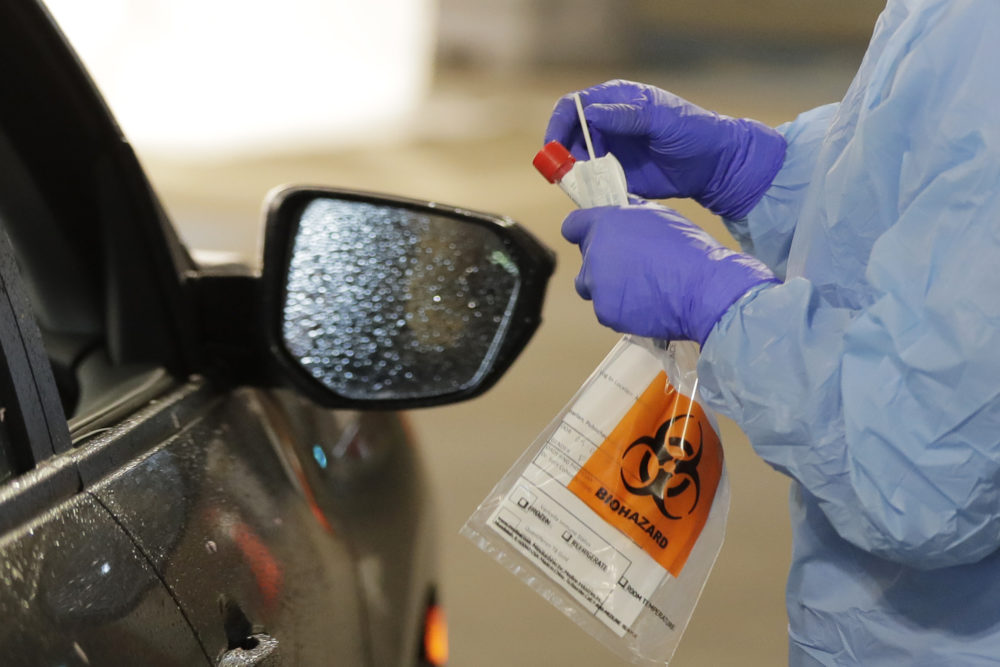
Last week an acquaintance of mine woke up with a low grade fever, runny nose, and cough. He is a healthcare provider who works in a variety of settings and also with people of all ages. He became concerned that he could have been exposed to COVID-19 and may be symptomatic. He called his primary care provider’s office and they told him that he should get tested for COVID-19. This was because of his symptoms and that he is exposed to so many people on a daily basis.
He was given a phone number to call to set up an appointment for a drive through testing site. He had to give information like his name, his symptoms, and the license plate on the car he would be driving to the testing site. He had an appointment within 45 minutes. He showed up to the site, stayed in his car, and was directed into a line of cars.
During the process, he came into contact with a physician, a technician, and a nurse. They each asked him questions about his symptoms while wearing a protective gown, gloves, mask, and head covering. The nurse was the provider who swabbed both of his nostrils first, and then with another swab did his throat. He was told his test results would be available electronically in 3-5 days and that he should isolate in his home until the results were available. In all, this took about 20 minutes.
On day 5 his results were still not available. He called the hotline provided by the hospital that did his testing that is able to answer questions about COVID-19. The recording stated that it was now taking up to 8 days before results were available. On day 6 he received a negative result.
So why am I telling you this? Because this is real. Because this person did not want to expose anyone else to this virus. Because from a health care provider’s opinion, it was the safest, fairest thing to do. Also, getting the test was not difficult. The waiting for an answer was but it was worth it to have an answer. The CDC has guidelines you can refer to regarding the need for testing.
We need to be doing our best to keep others safe during this time, especially those most vulnerable. Stay inside. Take care of yourself and your family. If you don’t feel well call your provider’s office. Keep in mind that testing sites and methods could be changing so your provider should be your go-to if you have symptoms. Let’s get through this together!
Karen practiced as an acute care nurse on a medical-oncology unit at the Hospital of the University of Pennsylvania for several years. She joined OncoLink as an Educational Content Specialist in 2014. In her blog she shares stories about her personal experiences with cancer, both on the floor and in her personal life.